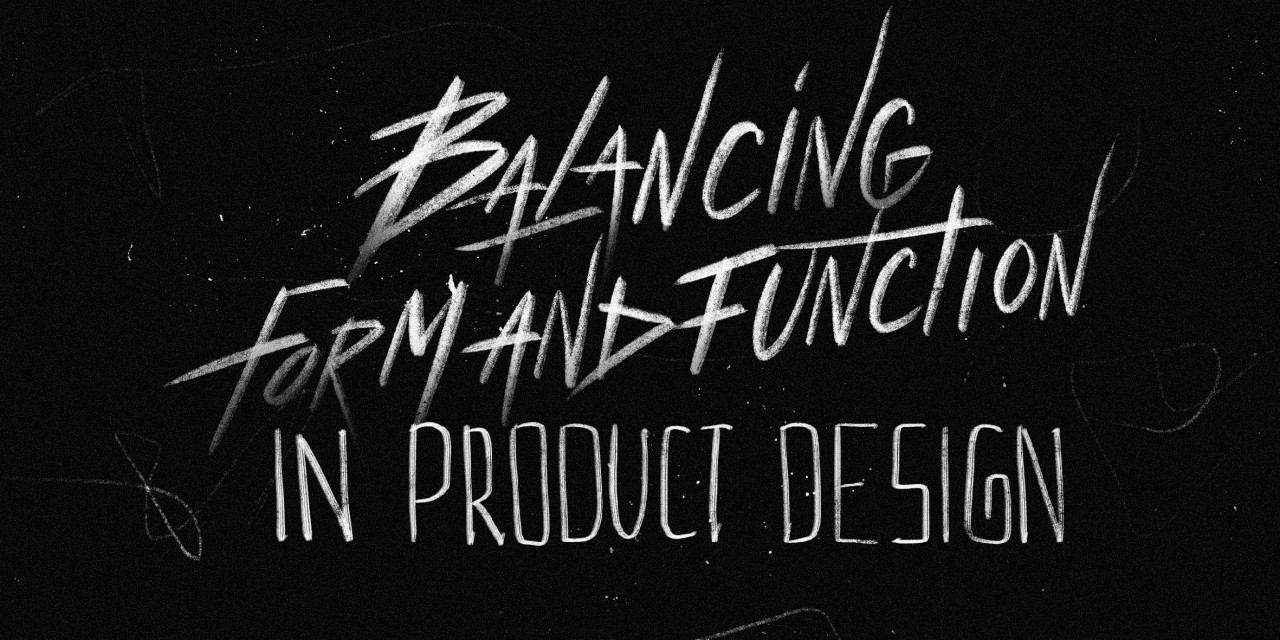ppr-revolution.com – The Designer’s Dilemma, balancing form and function, is a fundamental challenge that designers across various disciplines face. This dilemma is about creating designs that are not only aesthetically pleasing but also highly functional. The balance between form and function is crucial because a design that prioritizes aesthetics at the expense of usability can be as problematic as a design that is highly functional but unattractive.
Here are some strategies and considerations for designers aiming to balance form and function:
- Understand the Purpose: The first step in balancing form and function is to have a clear understanding of the design’s purpose. What problem is the design solving? Who is the end-user? What are their needs and preferences? This understanding helps in prioritizing features and aesthetics that align with the design’s intended use.
- User-Centered Design: Adopting a user-centered design approach ensures that the design meets the needs and expectations of the end-users. This involves conducting user research, creating personas, and testing prototypes with real users to gather feedback.
- Simplicity and Clarity: Designs that are simple and clear tend to be both functional and aesthetically pleasing. Simplicity in design reduces complexity and makes the product or service easier to use. Clarity ensures that the design communicates its purpose and functionality effectively.
- Iterative Design Process: Balancing form and function is an iterative process. It involves creating multiple versions of the design, testing them, and refining based on feedback. This process helps in finding the right balance between aesthetics and usability.
- Material and Technology Considerations: The choice of materials and technology can significantly impact both the form and function of a design. Designers must consider how different materials and technologies can be used to enhance both the aesthetic and functional aspects of the design.
- Aesthetic Appeal: While functionality is crucial, the aesthetic appeal of a design should not be underestimated. A design that is visually appealing can enhance the user experience and make the product or service more desirable.
- Sustainability: Incorporating sustainability into the design process can also help in balancing form and function. Sustainable designs often require innovative solutions that can lead to both functional and aesthetic improvements.
- Collaboration: Designers often work in multidisciplinary teams, and collaboration with engineers, marketers, and other stakeholders can provide a broader perspective on how to balance form and function.
- Emotional Design: Considering the emotional impact of a design can also help in balancing form and function. Designs that evoke positive emotions can enhance the user experience and make the product or service more memorable.
- Trade-offs: Sometimes, designers must make trade-offs between form and function. It’s important to prioritize based on the design’s purpose and the needs of the end-users. Understanding what aspects of the design are most critical can help in making these decisions.
Balancing form and function is a complex process that requires a deep understanding of the design’s purpose, the end-users, and the context in which the design will be used. By adopting a user-centered design approach, focusing on simplicity and clarity, and considering the emotional impact of the design, designers can create products and services that are both beautiful and functional.
